Yesterday's Helicopter Ride From McMurdo To The Dry Valleys
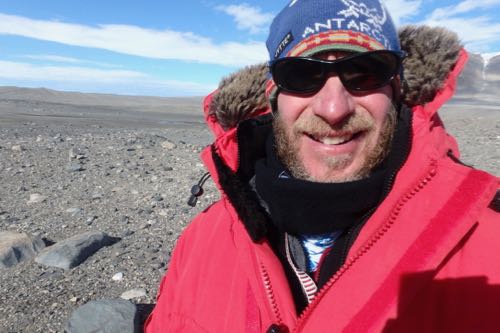
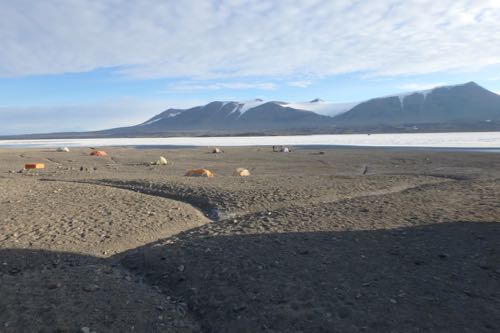
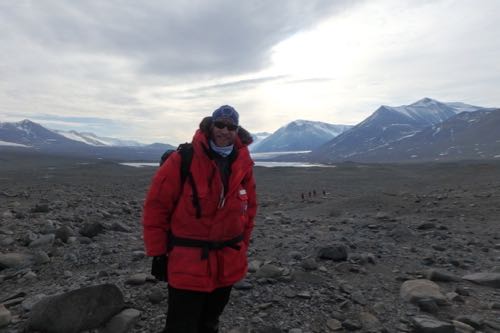
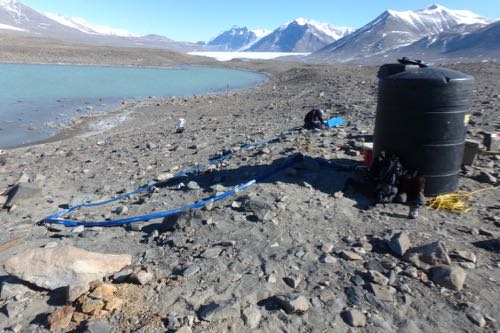
The P3 Experiment Explained Clearly
P3 stands for the "Pulse Press Project". We are simulating permafrost melting to see the effects of microbes in the soil. The "Pulse" in the experiment is simulating a large change in the ecosystem. This plot gets water treatment every other year. It could be something like a hurricane. The "Press" is the gradual change that is happening. This is like climate change. This plot gets water treatment every year. The basic steps to this experiment include: pump water from the pond up into the large black tank at the top of the hill (like in the picture you see above), and use gravity to fill troughs dug into the side of the hill, above the plot to be studied.
3P Hypothesis
Dr. Byron Adams explains the P3 experiment hypothesis as follows: "In addition to looking at how this affects the microbes in the soil, we think it first affects the soil chemistry (mobilizes salts and nutrients, as well as biota, moves them around, mixes them, makes the soil more homogenous), which then affects the microbes (like bacteria), which then influence higher trophic groups, like nematodes and tardigrades."
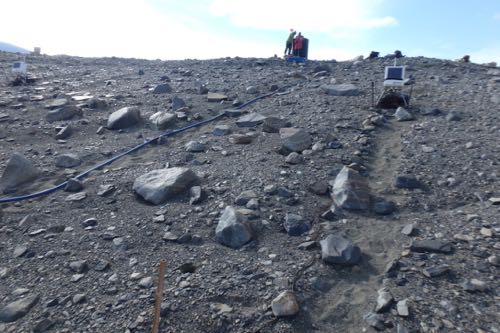
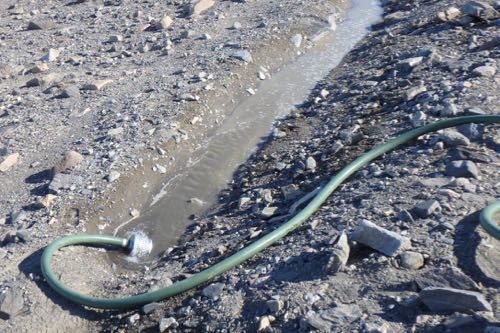
So why pump it up the hill, just to run it back down into the troughs? Well, prior to pouring the water into the troughs, it is sterilized using UV light so we would not be introducing organisms from the pond into our plots to study.
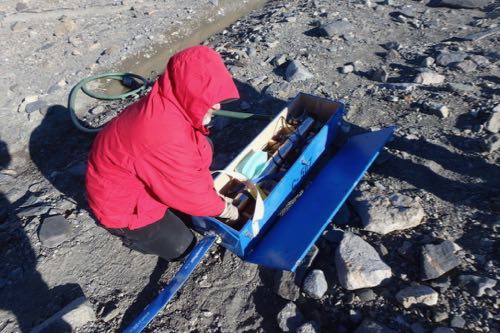
The troughs are dug about 10 cm into the "active soil" (soil not frozen) down to the permafrost. Water then runs along the top of the permafrost, through the active layer, back into the pond. We then make observations in the plot receiving the water treatment. We took soils samples that will be taken back to McMurdo to check for nematodes and tardigrades. Soil temperature, salinity, and water content is also being monitored. We will return tomorrow to repeat the water treatments to the plots.
Hike to Commonwealth GlacierA mass of ice that persists for many years and notably deforms and flows under the influence of gravity.
Once the troughs were filled with water, we had an hour or so for that water to soak into the soil before we could add another treatment. I took advantage of this spare hour and took a run for the Commonwealth GlacierA mass of ice that persists for many years and notably deforms and flows under the influence of gravity..
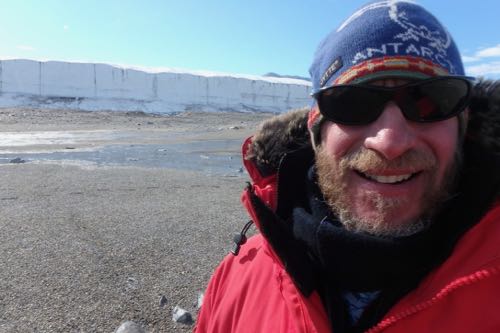
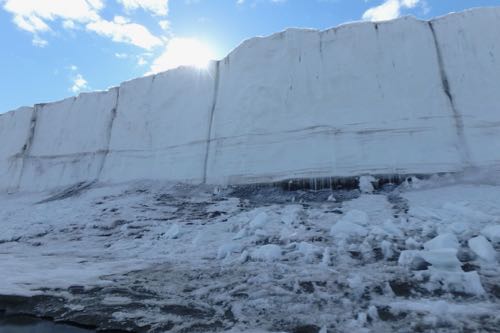
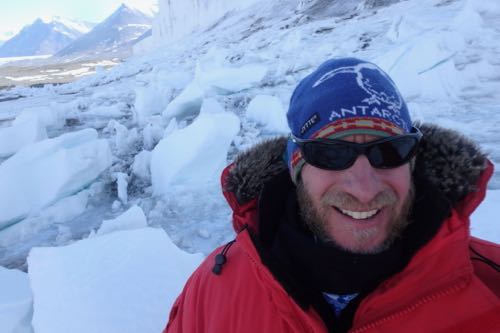
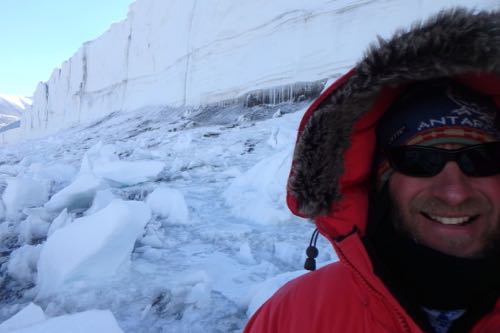
Lake Fryxell Hut "Family Time" and Tasty Dinner
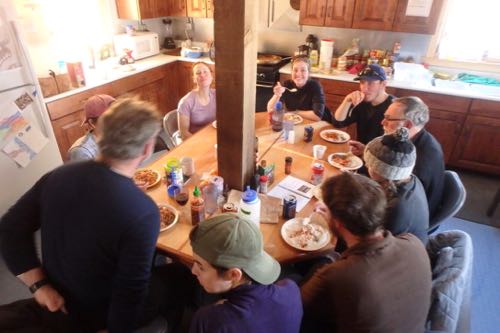


Comments